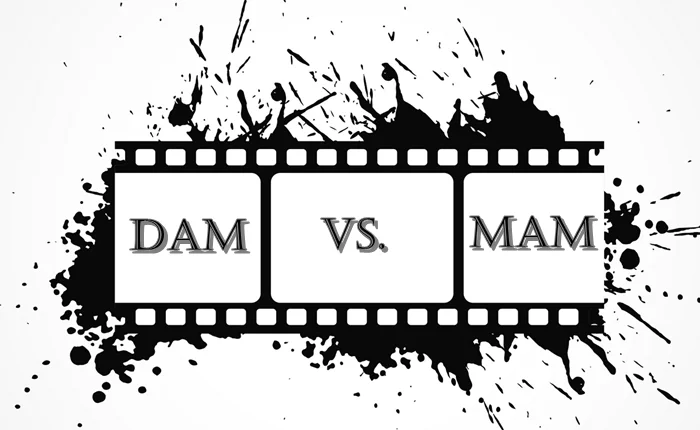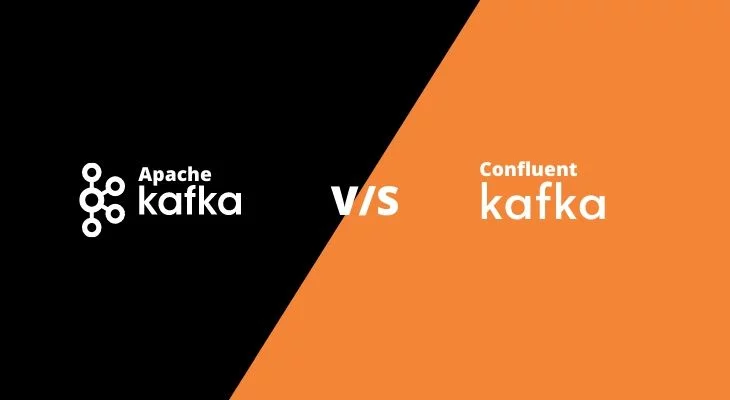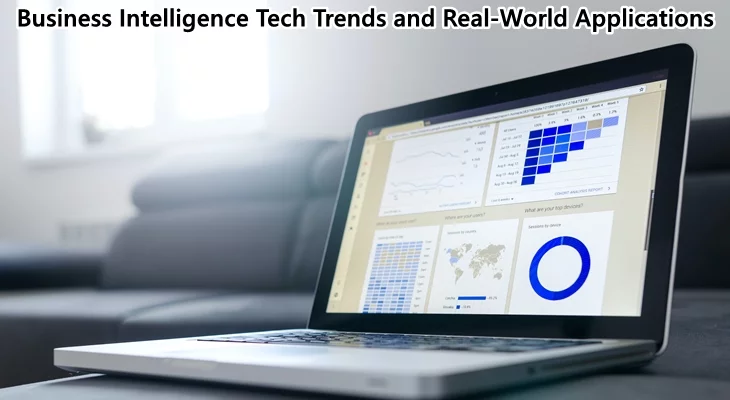It's tough for an organization to maintain, manage, and organize their media libraries specifically when your organization is dealing with media in huge numbers and varieties.
This problem has come across with a variety of new solutions to emerge, ranging from enterprise-level digital libraries to simple file repositories.
But, when every vendor is offering similar-sounding features, it could be difficult for you to select one: whose features are exactly matching your needs. Let's try to clarify you through the course of this blog.
There's a reason Digital Asset Management (DAM) and Media Asset Management (MAM) appear to be utilized interchangeably.
These tools help organizations to manage their assets and centrally organize — pictures, designs, records, video, and audio— so that your teams can make content effectively.
Both simplify the matter from the editing of raw sources file to distribution and to maintaining the archive.
What's more, as a focal vault, both of these tools empower groups to work together by giving them direct access to repositories.
Well, the fact of the matter is, MAM is viewed as a subset of the more extensive DAM. Then, let's go through the differences between the two.
MAM vs. DAM - What is the Difference Between MAM and DAM?
The primary goal of both these systems is content ownership, make the content easy to find, share that same content with others, and finally track its usage. Let's have a look at MAM first.
As we discussed earlier, Media Asset Management came before Digital Asset Management. MAM was created to deal with the work processes of filmmakers and broadcaster’s to maintain their distribution and production of video along with audio files.
This system is structured in a way, to adapt well to enormous media records, particularly where the video is concerned.
Numerous organizations are barely awakening for the acknowledgment that there is an expanding need to store and listing the number of videos and other media records in a system that has a certain limit and preparing the capacity to adapt, without overpowering a fundamental DAM framework.
This is an amazing fact that only one minute of video from an iPhone takes up around 80MB of space.
Now suppose, if you want to make a video of 30 mins at that high quality it will take 2.4GB of space, and just in case, if you work in the media-space you may record at 50Mbps, where an hour video requires over 20GB of space.
A MAM system empowers you to store a huge number of various media types files along with its configurations and make them accessible with simple reviewing and retrieval. While on the other hand…
DAM frameworks are centered on "image management" to "brand assets" and vendors mostly use it for printing, catalog production, typesetting, and advertisement.
DAM's main functionality comes in regards to uploading, managing, ability to change images in different formats, and furthermore its exceptional usefulness for managing search compound reports and documentation or filing.
Specifically, those assets which are made by Adobe Photoshop, InDesign, and Illustrator. Mostly, DAM buyers are advertising agencies, marketing teams, and creative agencies.
With a DAM system, you can manage any kind of digital file. A DAM system is configured with a variety of functions, including re-arranging media format, re-measuring media file size, tracking media asset history, and sharing enormous size files to the other teams easily.
A DAM additionally gives your organization an expanded media security feature, such as client authorizations, compliance regulations, recovery option in case if data is deleted by mistake along with geo-replication.
Some MAM tools take your asset into consideration for clever access to content over a distributed workforce. For instance, with a single sign-on, a MAM tool can enable the user to sign-in with the same credentials as other corporate accounts.
This consistent procedure expands the selection of the portal. In expansion to simple sign-on abilities, it's conceivable to give explicit content to a user group, for instance, by specific district or specific industry.
These controls give the most important and targeted content to the user.
MAM enables an organization to manage both offline assets, (for example, direct mails) and online assets, (for example, email, PowerPoint introductions, and web-based life posts), supporting a coordinated, cross-channel system. DAM apparatuses serve principally advanced conveyance.
MAM devices have enabled associations to customize and modify substance to meet their industry-explicit, client explicit, and area explicit needs, all the while keeping up brand compliance.
Features, for example, secluded substance, rationale, and endorsements offer the correct parity of adaptability and control.
For instance, inside a MAM framework, it's conceivable to bolt certain data or picture sizes (so a logo is never slanted) and stretch out the rights to tweak different areas.
Formats and savvy guidelines can be worked around both substance and symbolism, crosswise over multi-page reports and inside numerous document types.
When content is made (on-brand, obviously), the capacity to distribute the pieces over numerous channels, and under business rationale and guidelines is a characterizing highlight of MAM systems.
While a DAM framework considers the single download of the bit of substance, MAM enables to distribute straightforwardly over different channels including:
- Print – (with a choice to be sent legitimately to endorsed sellers for straightforward requesting)
- Physical packs c. Microsoft Word and PowerPoint for the digital asset.
- HTML email by means of Outlook
- Conveyance to promote computerization/email specialist co-ops
- Straightforwardly to web-based life channels
For corporate advertising, examination and estimation matters. While fundamental access is accessible in some DAM arrangements, they don't follow appropriation examination.
Conversely, investigation in a MAM framework is intended to offer a detailed preview of benefit usage, dispersion, just as customizations are made, This data can be sent out for reports and envisioned with business insight usefulness.
See below the search interest comparison of Digital Asset Management and Media Asset Management over the past 5 years.
How is PAM different from MAM and DAM?
PAM stands for Production Asset Management. As the name suggests, it primarily deals with media content related to a production system such as movies, animations, or games.
Now what makes PAM stand apart from MAM and DAM is that the former is apt at controlling and making edits to your fast-moving assets i.e various images within a particular video. But MAM and DAM don't essentially deal with doing edits in a video content but rather help with storing and archiving of media content.





